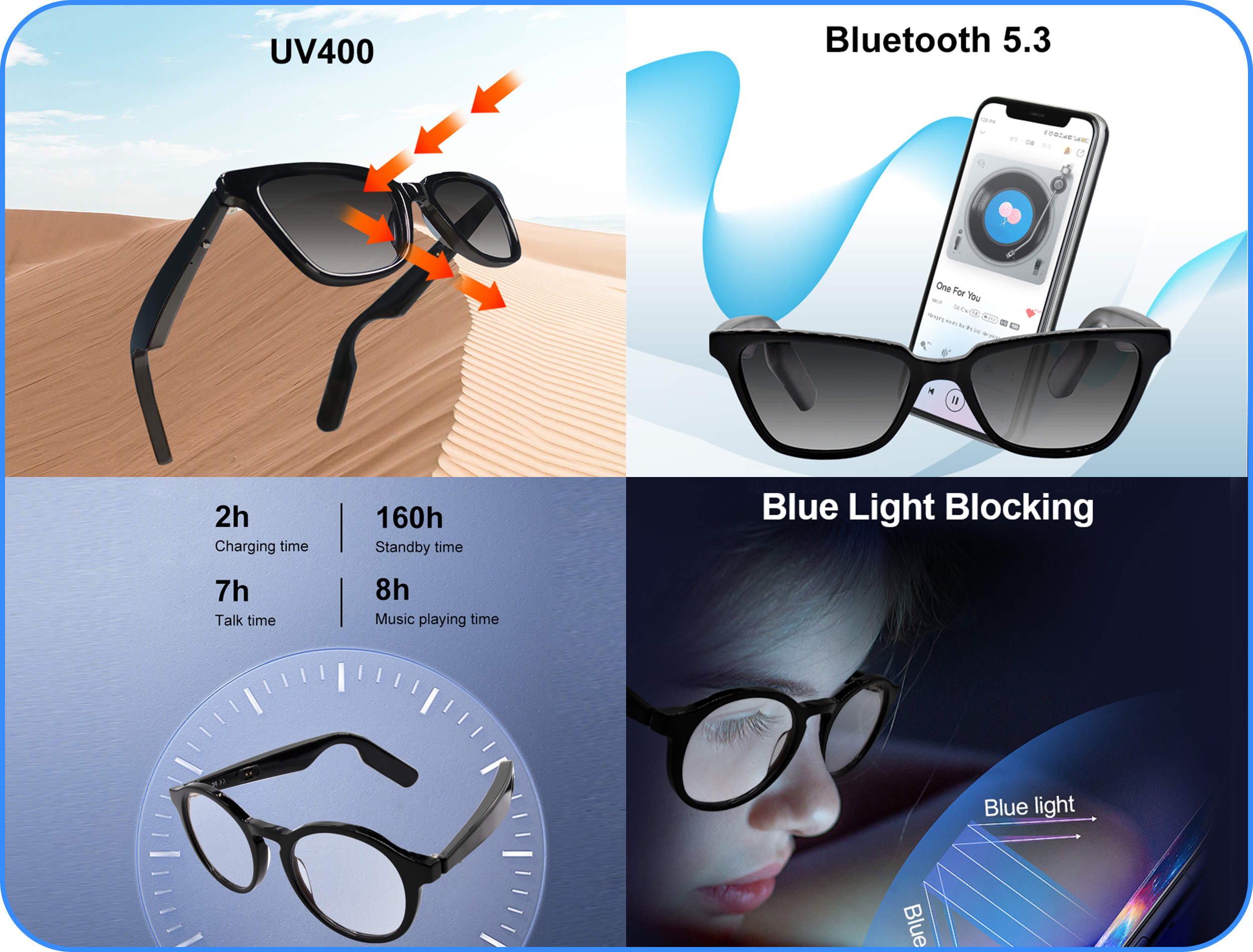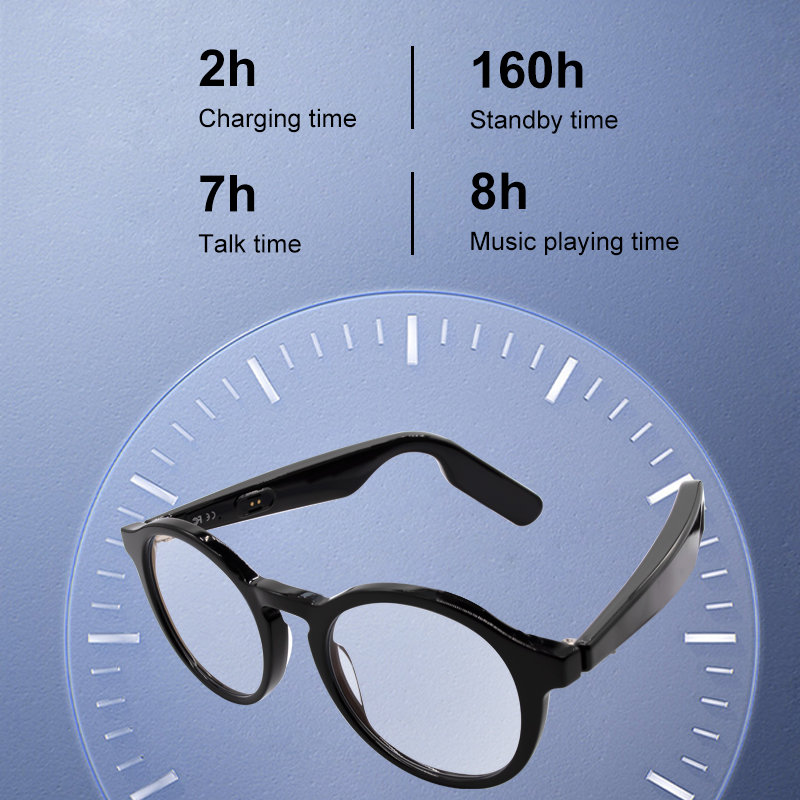- Select Language
The N60 PDA is a cutting-edge device for inventory...
The X501 Handheld PDA combines advanced barcode sc...
What can smart glasses do? A comprehensive analysis of their core functions
As consumer curiosity about the potential of smart glasses grows, understanding their core functions can help answer a key question: what exactly can smart glasses do? We will break down four core functions—camera functionality, voice assistants, navigation, and health monitoring—to help you understand how these devices can be integrated into modern lifestyles.

1. Hands-free photography and video recording
One of the most well-known features of smart glasses is their built-in camera, which allows users to take photos or record videos without holding a phone.
Instant capture: Ideal for travellers, parents, or content creators, enabling them to capture memorable moments anytime, anywhere. Simply use a voice command or a light touch to instantly capture the scene.
First-person perspective: Videos shot from the user's perspective offer an immersive experience, perfect for sports enthusiasts or bloggers.
Quick sharing: Many models can sync directly with smartphones or cloud services, enabling swift social media uploads.
Example: The hotusprojector smart glasses support 1080P video recording, suitable for outdoor adventures or daily leisure use.
2. Integrated voice assistant for real-time support
Smart glasses typically feature AI-driven voice assistants such as Google Assistant, Alexa, or proprietary systems.
Hands-free control: Users can make calls, send messages, or check weather updates without touching their phone.
Enhanced efficiency: Voice commands can activate navigation, play music, or set reminders—useful for busy professionals or drivers.
Language translation: Some advanced models offer real-time translation features, breaking down language barriers during travel or business meetings.
3. Augmented Reality (AR) Navigation
Navigation is another transformative feature for outdoor activities, cycling, or driving.
Real-time guidance: Smart glasses project step-by-step navigation instructions directly into the user's field of view, eliminating the need to look down at a phone.
Contextual information: AR overlays display nearby restaurants, landmarks, or public transport options.
Enhanced safety: Keeping your gaze forward improves focus and reduces risks during travel or commuting.
Example: hotusprojector offers AR-based navigation features, popular among tech enthusiasts.
4. Health and fitness monitoring
Beyond convenience, smart glasses also support personal health management by tracking health data:
Heart rate and activity tracking: Sensors monitor heart rate, steps, and calorie expenditure.
Posture reminders: Some glasses can detect head position and remind users to correct poor posture during prolonged computer use.
Eye fatigue reminders: Advanced models can monitor blink frequency and provide reminders to prevent eye fatigue—particularly suitable for office workers.

Why these features matter
Consumers exploring smart glasses are typically in the awareness and research phase—curious whether these devices are practical tools or merely novelty items. By understanding their real-world applications, users can assess whether the investment aligns with their lifestyle, whether for entertainment, productivity, travel, or health tracking.
Conclusion
Smart glasses are no longer experimental devices but multifunctional wearable devices that blend convenience and innovation. From hands-free memory capture, navigating unfamiliar cities, to health monitoring, they offer multifunctional advantages that a smartphone alone cannot achieve.